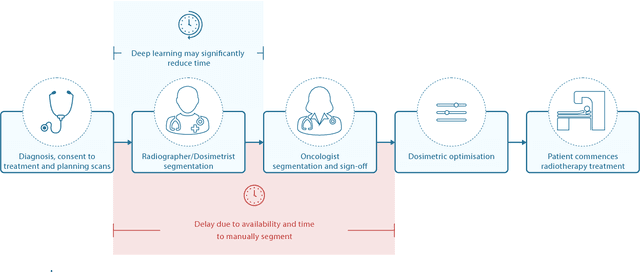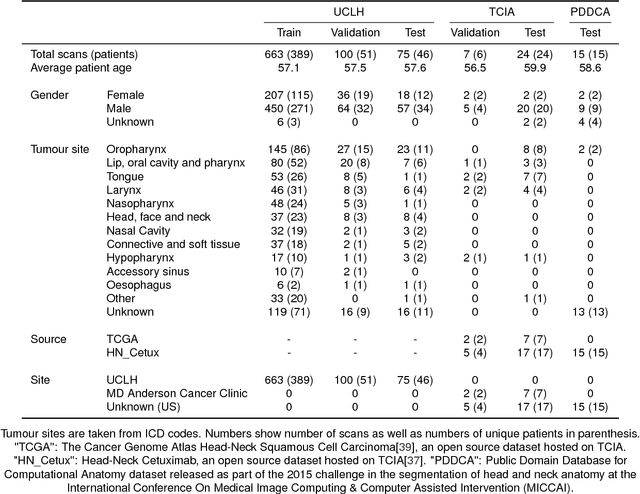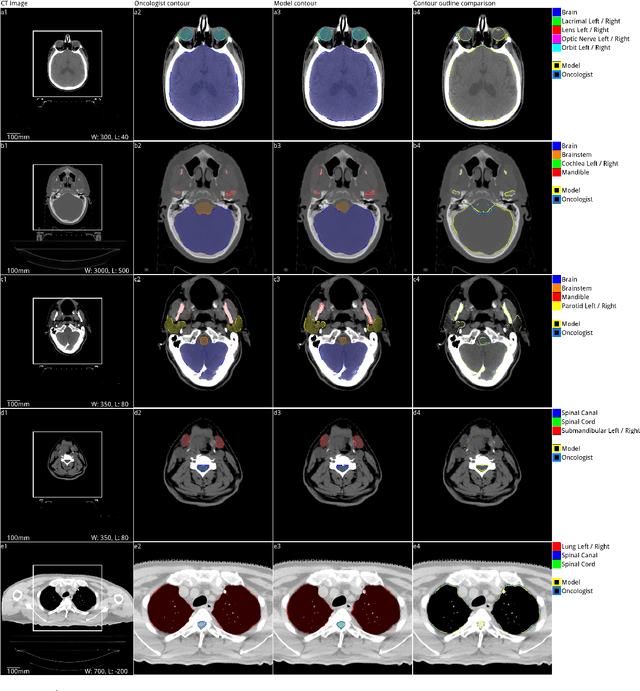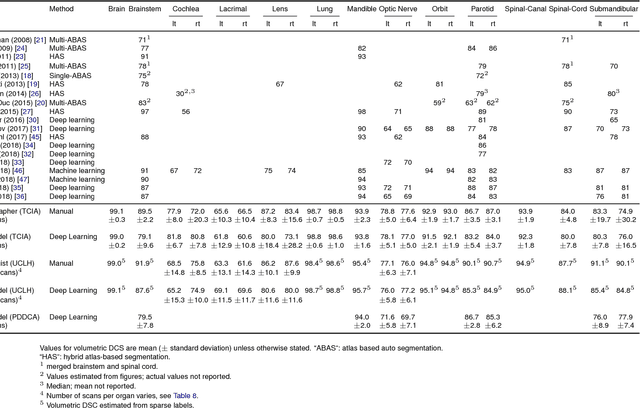Kevin Sullivan
ConEx: Efficient Exploration of Big-Data System Configurations for Better Performance
Oct 17, 2019



Abstract:Configuration space complexity makes the big-data software systems hard to configure well. Consider Hadoop, with over nine hundred parameters, developers often just use the default configurations provided with Hadoop distributions. The opportunity costs in lost performance are significant. Popular learning-based approaches to auto-tune software does not scale well for big-data systems because of the high cost of collecting training data. We present a new method based on a combination of Evolutionary Markov Chain Monte Carlo (EMCMC) sampling and cost reduction techniques to cost-effectively find better-performing configurations for big data systems. For cost reduction, we developed and experimentally tested and validated two approaches: using scaled-up big data jobs as proxies for the objective function for larger jobs and using a dynamic job similarity measure to infer that results obtained for one kind of big data problem will work well for similar problems. Our experimental results suggest that our approach promises to significantly improve the performance of big data systems and that it outperforms competing approaches based on random sampling, basic genetic algorithms (GA), and predictive model learning. Our experimental results support the conclusion that our approach has strongly demonstrated potential to significantly and cost-effectively improve the performance of big data systems.
Deep learning to achieve clinically applicable segmentation of head and neck anatomy for radiotherapy
Sep 12, 2018



Abstract:Over half a million individuals are diagnosed with head and neck cancer each year worldwide. Radiotherapy is an important curative treatment for this disease, but it requires manually intensive delineation of radiosensitive organs at risk (OARs). This planning process can delay treatment commencement. While auto-segmentation algorithms offer a potentially time-saving solution, the challenges in defining, quantifying and achieving expert performance remain. Adopting a deep learning approach, we demonstrate a 3D U-Net architecture that achieves performance similar to experts in delineating a wide range of head and neck OARs. The model was trained on a dataset of 663 deidentified computed tomography (CT) scans acquired in routine clinical practice and segmented according to consensus OAR definitions. We demonstrate its generalisability through application to an independent test set of 24 CT scans available from The Cancer Imaging Archive collected at multiple international sites previously unseen to the model, each segmented by two independent experts and consisting of 21 OARs commonly segmented in clinical practice. With appropriate validation studies and regulatory approvals, this system could improve the effectiveness of radiotherapy pathways.
 Add to Chrome
Add to Chrome Add to Firefox
Add to Firefox Add to Edge
Add to Edge